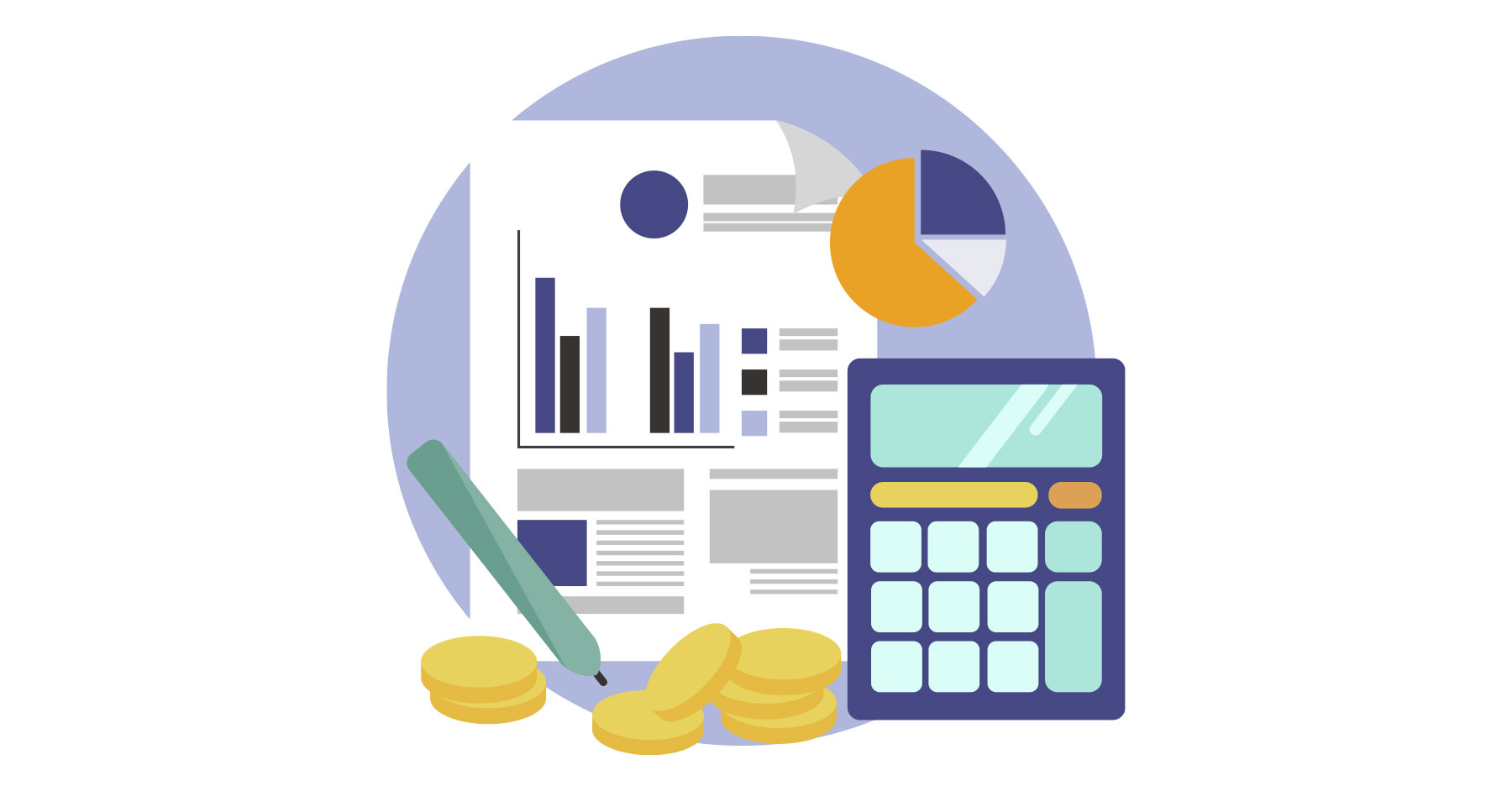Cash flow.
Mention these two words to almost any small business owner and you’ll see them flinch.
Tiny as these words seem, they cause 82% of small businesses to fail.
And while many small business owners agree that cash flow is the #1 risk they face, many still struggle to increase it.
What is cash flow
“Cash flow is the net amount of cash and cash-equivalents being transferred into and out of a business.” – Investopedia
Businesses typically track cash flow weekly, monthly or quarterly.
Why is cash flow important to a small business
If you’ve used a lot of your working capital, you may find yourself in a bit of a cash crunch. Having insufficient cash prevents you from paying suppliers, buying materials and even paying salaries.
The delay between the time you have to pay your suppliers the time you receive money from your customers is usually the problem, and the solution is better cash flow management.
That’s why it’s critical to maintain (or increase) cash flow at a point that allows your small business to make it through those tough times and continue to operate the business.
Simply put, effective cash flow management means holding back on cash outlays for as long as possible while encouraging your customers to pay as quickly as possible.
You might be interested in: Common cash flow problems when scaling your business in Singapore
Positive cash flow
When there’s more cash entering your business from sales, accounts receivable, etc. than the amount leaving your businesses through accounts payable, monthly expenses, employee salaries, etc, you have positive cash flow.
Negative cash flow
This occurs when your cash outflow is larger than your incoming cash. This generally means trouble for a business. But there are steps you can take to get your business back afloat and into the positive zone again.
Cutting expenses is one of the most obvious and quickest fixes. We’ll discuss more on these in detail later.
Free cash flow
This is commonly used by analysts to assess a company’s profitability. It represents the cash a company generates after accounting for any outgoing money to operations maintaining capital assets.
Profit does not equal good cash flow
Unfortunately, you can’t just look at your profit and loss statement (P&L) and miraculously manage your cash flow better.
There are many factors that play a part, including inventory, accounts receivables, taxes etc. As a business owner, it’s tough to stay on top of so many things, but this is absolutely necessary.
And that’s where an accounting software would come in handy. You can project cash flow and see all your financials at a glance.
Basic accounting principles state that Profit simply means Revenue minus Expenses. However, any smart business owner understands that earning a profit is not the same as knowing what happened to your cash. And not having cash on hand is extremely dangerous.
How to Increase cash flow in your small business
Now that we’ve covered some of the basics, let’s go into the solutions of improving cash flow.
Develop a minimum viable budget
In other words, stay cheap.
As your business scales, you’ll always be in two positions. 1) You have excess funds that could go to growth or 2) you need more funds to sustain your business.
When in doubt, stay conservative. Remember when you first started? You were “lean and mean”. No unnecessary expenses. Everything was used to its maximum capability.
If you’re careful with money when times are good, you’ll fair fine when business gets rough. This is a simple concept but it’s underplayed way too much.
Speed up recovery of receivables
Bill early, collect quickly.
1. Send invoices immediately
Sales are the muscles in business, while cash flow is the lifeblood of a small business. And invoices are the nutrients that enable the muscles to get the job done.
You can’t get paid if you don’t send invoices.
The quicker you send invoices out, the faster cash can come in. If your current invoicing method is manual and tedious, consider switching to a cloud-based accounting software to speed up the process and increase your cash flow.
2. Follow up with invoice reminders
Make sure you remind your customers when their invoices are going to be due. Send email reminders a few days before, the day before and a few days after, if they still haven’t paid.
To be fair, sometimes invoices get lost in their inboxes or lost in the mail. Many accounting programmes have a built-in e-invoicing system with reminders that can be automatically sent to late-paying customers.
3. Give your customers incentives
Develop a discount programme to encourage early payments. For example, if the payment term was 30 days after receipt of invoice, give a 2% discount if paid within the first 10 days. You can give more or less, depending on your needs and your customers’ previous payment habits.
4. Charge a late payment penalty
Don’t be afraid to collect interest if your customers are late on payment, even after you’ve sent them reminders. The presence of the policy will emphasise the importance of prompt payments and evoke a sense of emergency among your customers.
Delay payables
Since we talked about accounts receivable, we have to talk about accounts payable.
Delaying payment to vendors doesn’t mean paying late. It’s just paying at the last possible date consistent with the terms of the sale. Sometimes your vendors might not have late payment penalties. If you’re in a dire situation, you can set a pay cycle of 30 or 45 days from the receipt of the invoice.
While slowing down the outflow of cash will help your business, it is equally important to maintain a good credit rating and cordial relations with key vendors.
You’re a business owner too. You understand the pain of late payments. So, be transparent with your vendor when you need to delay your payment. Contact them as soon as possible with an explanation and a plan to become current on your debt.
You might be interested in: Accounting hacks for painless invoicing, receivables and payables
Liquidate cash tied up in assets
Do you have equipment or inventory you longer use, or that’s becoming obsolete? Consider liquidating it to generate quick cash.
Idle and non-working equipment takes up space and as a small business, you can certainly use that capital more productively.
Excess inventory can become worthless really quickly as customers require different things and in some cases, products expire. Consider selling these inventory unless the costs to retain it is minimal and the sale is negligible.
Require deposits on large or custom orders
When working with large or custom orders, require your customer to pay a security deposit to limit your exposure.
Having a deposit reduces the likelihood of such a huge financial loss in the worst circumstances. Explain it to your customers and ensure there’s a mutual agreement to avoid future difficulties.
Expand your market
One solution to increase positive cash flow is to brainstorm new sources of income.
1. Acquire new customers
Every business needs customers. And you cannot keep relying on the same pool to sustain your business. Consider new ways to market your product and expand your business offering to more customers.
2. Encourage customers to buy more
Bundling items: Sell complementary items together to increase the average transaction value.
Upsell/cross sell related products: Use the “others also purchased” technique to recommend other products to customers planning to buy.
3. Don’t forget your loyal customers
Happy customers already know your value. Encourage them to continue doing business with you by offering discounts or implementing rewards programmes. Referral programmes are also something you could consider. This way, your existing customers can help grow your business too.
Ideas for maintaining a healthy cash flow:
- Identify business risks and prepare in advance
- Monitor your financials regularly
- Always keep cash reserves
- Utilize a cash flow forecasting software
- Streamline your business processes
- Open a business savings account
- Consider a cash-back business credit card
- Get yourself a great accountant (or outsource it to a CPA)
You might be interested in: Business forecasting software to grow your company – cashflow, budgeting, reporting
Final Thought
Cash flow problems are like death. Or taxes. You can never escape them. But you can learn to manage them better. And improve it to a point where your business is no longer threatened by it.
So whether you decide to increase sales, decrease expenses or acquire new capital, you’re well on your way to improving cash flow and running a more successful small business.



